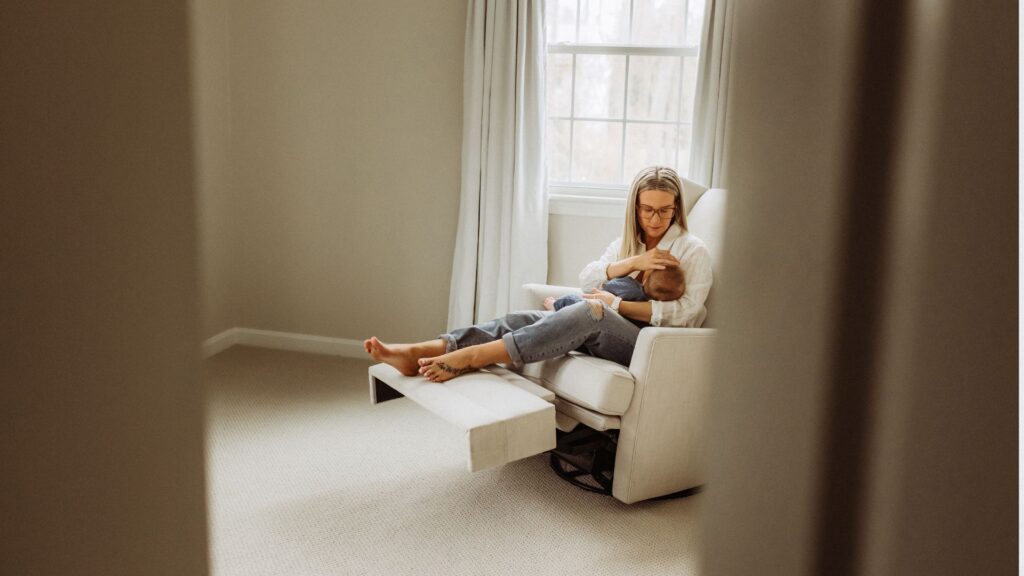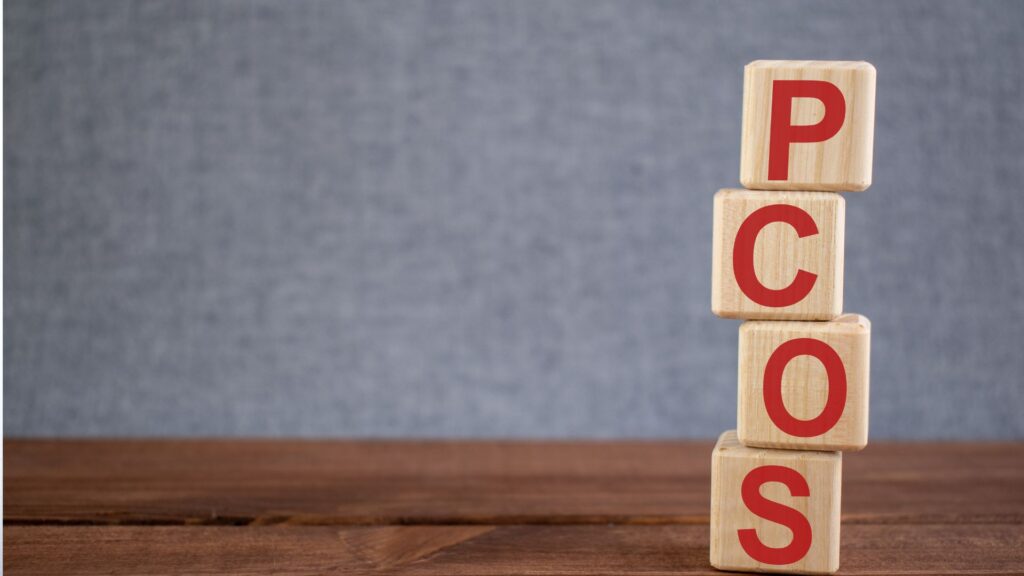
Potty training marks a pivotal step in your child’s journey toward independence, but it’s natural for parents to feel overwhelmed by the process. Between spotting potty training readiness signs, managing potty training accidents, and navigating occasional potty training regression, this phase demands patience, adaptability, and a lighthearted approach. At Hey Baby Mama, we’re here to simplify the journey with practical strategies, empathy-driven potty training tips, and reassurance that setbacks are part of the learning curve. Let’s transform this milestone into a positive, confidence-building experience for your child—and you.
Recognizing Readiness: When to Start Potty Training
While the ideal potty training age often falls between 18–30 months, every child develops at their own pace. Instead of fixating on age, watch for physical, cognitive, and emotional cues. Physical readiness includes staying dry for two-hour stretches, predictable bowel movements, or discomfort in a soiled diaper. Cognitive signs involve understanding basic terms like “pee” or “potty” and following simple instructions. Emotionally, your child might show curiosity about bathroom habits, imitate caregivers, or express pride in “big kid” tasks like pulling up pants.
If your child resists sitting on the potty or seems anxious, it’s okay to pause and revisit how to start potty training in a few weeks. Pushing too soon can lead to power struggles, while waiting until they’re genuinely interested fosters cooperation.
Laying the Foundation: Gentle Strategies to Begin
Starting potty training begins with creating a low-pressure environment. Use clear, positive language to explain the process—“Your body makes pee, and we put it in the potty!” Avoid shaming phrases like “yucky” or “dirty,” which can create negative associations. Involve your child in picking their potty chair or colorful undies to build excitement. Many toddlers feel more secure with a floor-standing potty, while others prefer a step stool adapter for the “grown-up” toilet.
Introduce a consistent routine, such as short potty sits after meals or upon waking. Keep these sessions lighthearted—sing a silly song, read a favorite book, or blow bubbles to ease tension. Transitioning from diapers to training pants during the day helps children recognize the sensation of wetness, though it’s wise to keep nighttime diapers until they master daytime dryness.
Rewards and Motivation: Celebrating Small Wins
Positive reinforcement can boost your child’s confidence, but balance is key. Immediate praise—a high-five, a happy dance, or verbal encouragement—works wonders for early attempts, even if nothing happens. Progress charts with stickers or stamps help visualize success, with a small reward (like a trip to the park) after a set number of stars. Over time, shift focus to intrinsic motivation by highlighting their growing independence: “You’re learning so fast! Big kids get to wear cool undies and spend more time playing.”
Avoid overusing tangible rewards like candy or toys, which can overshadow the natural pride of mastering a new skill. Instead, frame accidents as learning opportunities: “Oops! Let’s clean up together and try again later.”
Navigating Setbacks: Regression and Accidents
Potty training regression—sudden resistance, increased accidents, or requests for diapers—is often tied to stress. Life changes like a new sibling, starting daycare, or moving homes can disrupt progress. Stay calm and reassuring: “It’s okay to feel unsure. We’ll keep practicing together.” Simplify routines by returning to timed sits or gentle reminders, and address underlying anxieties. For example, a fear of loud flushes can be eased with a travel potty seat or letting them flush a doll’s “pretend poop” first.
Potty training accidents are inevitable, especially during play or outings. Pack a go-bag with spare clothes, wipes, and a portable potty for emergencies. Respond with empathy: “Accidents happen! Let’s get cleaned up.” Over time, most children learn to recognize their body’s signals.
Expert Tips for Challenges and Anxieties
For stubborn or anxious toddlers, creativity goes a long way. Turn potty time into a game—drop blue food coloring in the toilet and let them “make green pee.” If public bathrooms feel intimidating, use disposable seat covers and let them wear pull-ups until they’re comfortable. For children scared of flushing, practice with a stuffed animal first.
The Bigger Picture: Patience and Progress
Potty training is less about speed and more about nurturing resilience. Celebrate every step forward, whether it’s a dry morning or a successful potty sit. If frustration mounts, remind yourself that setbacks are temporary—this phase is one chapter in your child’s growing autonomy.
For extra support, explore Hey Baby Mama’s potty-training toolkit, packed with printable charts, book recommendations, and scripts for tricky conversations. With consistency, compassion, and a dash of humor, you’ll turn challenges into victories—one flush at a time.









